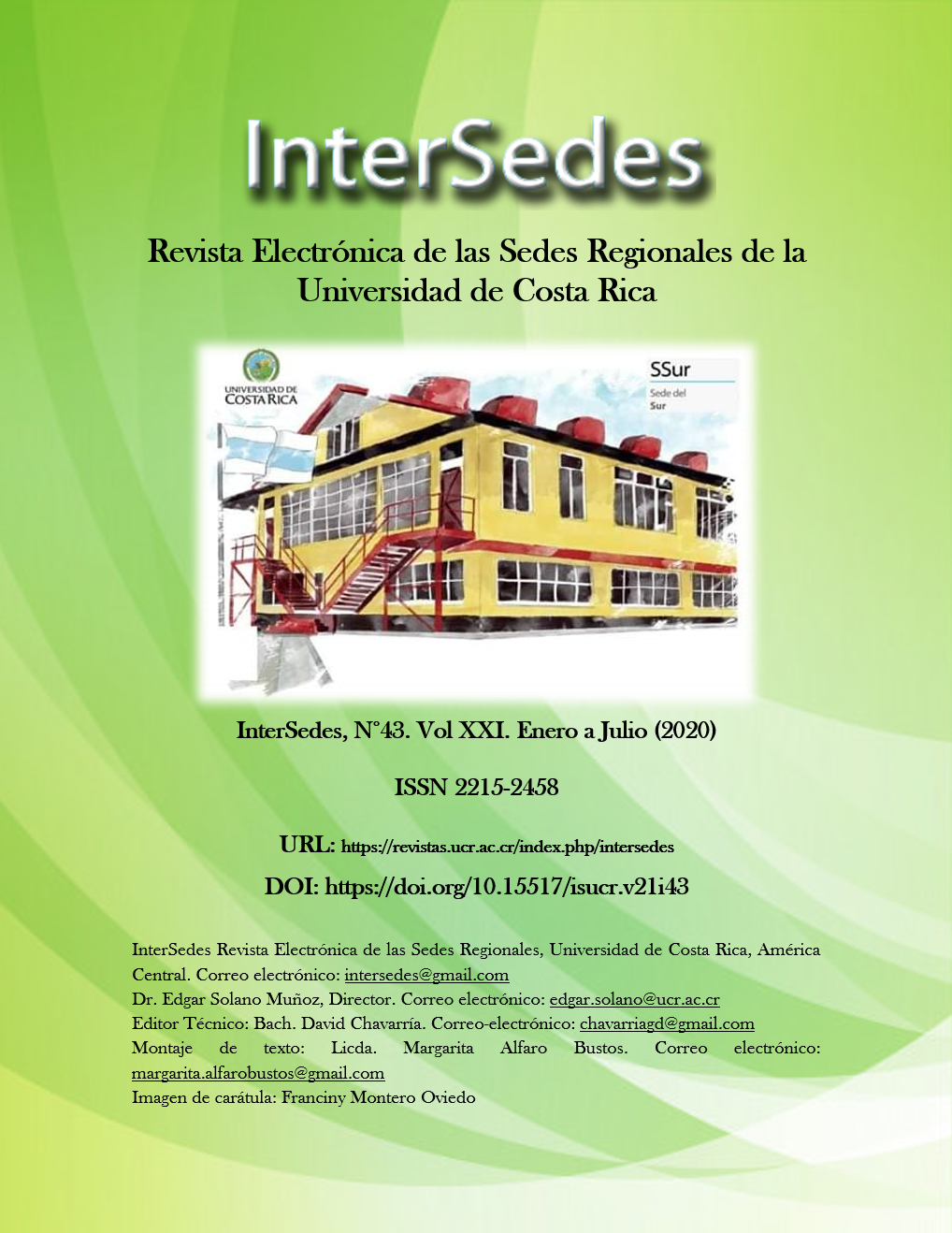Abstract
The present times in which we live push us to constantly adopt new ways of taking actions, and our teaching approach is not the exception. These constant changes challenge educators to innovate learning approaches in the university classroom. Students are also demanding a learning process that enables them to participate in a long-lasting and enjoyable learning experience. For this reason, this article proposes the use of one Costa Rican legend: “La Mona” as a teaching resource to mediate a significant learning experience since this legend captivates by the story itself and motivates students to experience a process that stimulates their critical thinking, creativity, oral and written expression, at the same time that reinforces cultural heritage, values and identity. When using learning activities based on “La Mona” legend, one fundamental idea comes clear: the need to educate critical, competitive tolerant and integral citizens who can be responsible of preserving their own native culture.
References
Bock, Susan. (1989). Developing materials for the study of literature: Creative classroom activities. English Teaching Forum, 8, 73-82.
Díaz, M. (agosto-diciembre, 2009) Reflexiones: Tiempos líquidos sobre el Patrimonio Cultural y sus Valores. Revista digital Estudios Históricos, (2) ISSN: 1688–5317. Recuperado de: http://www.estudioshistoricos.org/edicion_2/maria_diaz.pdf
De la Torre, S. (2005). Sentipensar: Fundamentos y Estrategias para Reencantar la educación. Málaga: Ediciones Aljibe.
Ennis, R. (2011). The Nature of Critical Thinking: An Outline of Critical Thinking Dispositions and Abilities. Robert H. Ennis' Academic Web Site. Recuperado de:http://faculty.education.illinois.edu/rhennis/documents/TheNatureofCriticalThinking_51711_000.pdf
Geertz, C (1989) “El impacto del concepto de cultura en el concepto del hombre en la interpretación de las culturas. Gedisa, Barcelona Recuperado de http://inicia.es/de/cgarciam/geertz01.htm
Gonzales, I. (2006) Conservación de Bienes Culturales: teoría, historia, principios y normas. 5 ed. Madrid: Catedra
González (2015) Patrimonio Cultural: conceptos, debates y problemas. Resumen Recuperado de http://www.casadellibro.com/libro-patrimonio-cultural-conceptos-debates-y-problemas/9788437634173/2546437
Leyendas de Gente a Gente. (2009) Leyenda La Mona. Recuperado de http://leyendasdegenteagente.blogspot.com/2009/06/se-dice-que-en-las-oscuras-noches.html
Montero, P., Torres, C., y Villanueva, L. (2010) Leyenda de la Mona. San José: Centro de Cine. Video You Tube. Recuperado de: https://youtu.be/N_2UXyYhzHg
Morales, G. ( 3 de junio del 2009). Re: La Mona [Comentario de un foro en línea]. Recuperado de http://leyendasdegenteagente.blogspot.com/2009/06/se-dice-que-en-las-oscuras-noches.html
Paul, R. (2001). Características de un pensador crítico. En Muñoz Hueso & J. Beltrán Llera, Fomento del pensamiento crítico mediante la intervención en una unidad didáctica sobre la técnica de detección de información sesgada en los alumnos de Enseñanza Secundaria Obligatoria en Ciencias Sociales. España: Universidad Complutense de Madrid. Departamento de Psicología Evolutiva y de la Educación. Recuperado de http://www.psicologia-online.com/ciopa2001/actividades/54
Pérez, A. (2004) La cultura escolar en la sociedad Neoliberal. Madrid: Editorial Morata. Resumen Recuperado de http://www.uma.es/investigadores/grupos/grupo5123/comp/aiperez.htm
Reyes, M. (2011). Narrar y comentar mitos y leyendas en el aula para el manejo de miedos y temores del niño. México: Universidad Pedagógica Nacional. Recuperado de: http://200.23.113.59/pdf/28173.pdf
Urd. (21 de setiembre del 2010) Re: La mona atrapada en mi pueblo [Comentario de un foro en línea]. Recuperado de http://www.forodecostarica.com/filosofia-religion-ficcion-y-ciencia/48889-la-mona-atrapada-en-mi-pueblo.html
UNESCO (16 de setiembre del 2015). Re: Qué es el Patrimonio Cultural Inmaterial. Recuperado de: http://www.unesco.org/culture/ich/index.php?lg=es&pg=00002
Zeledón, E. (2004). Leyendas Costarricenses. Heredia: Editorial Universidad Nacional EUNA


